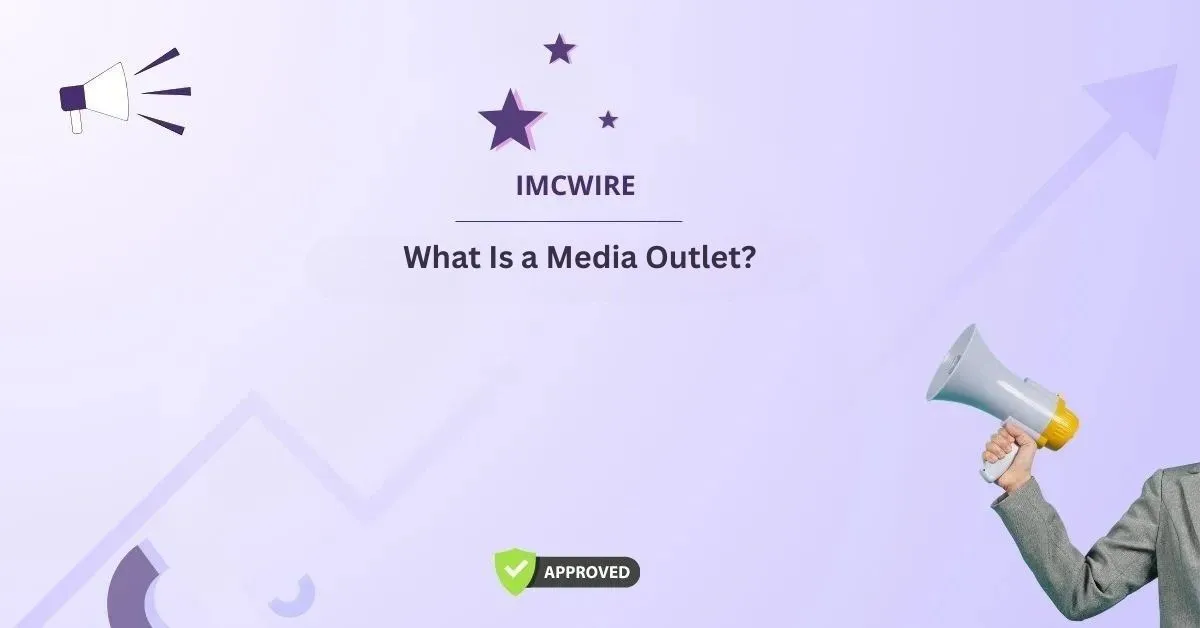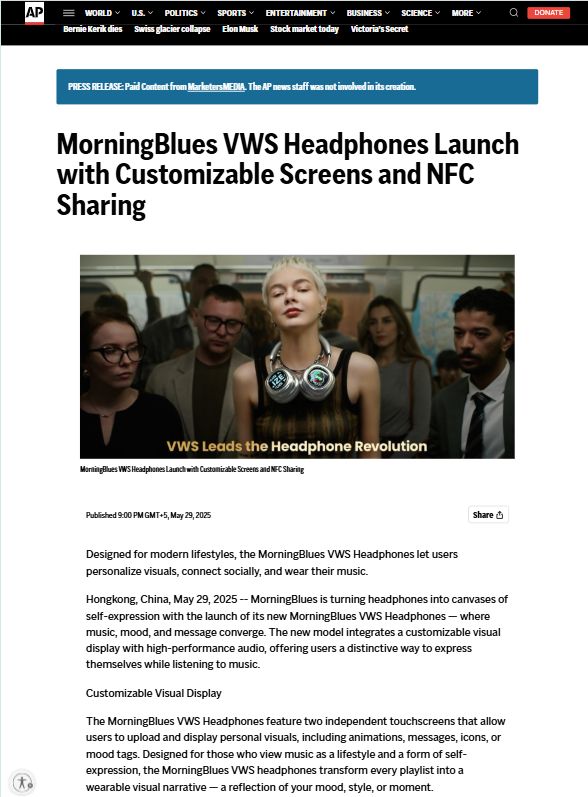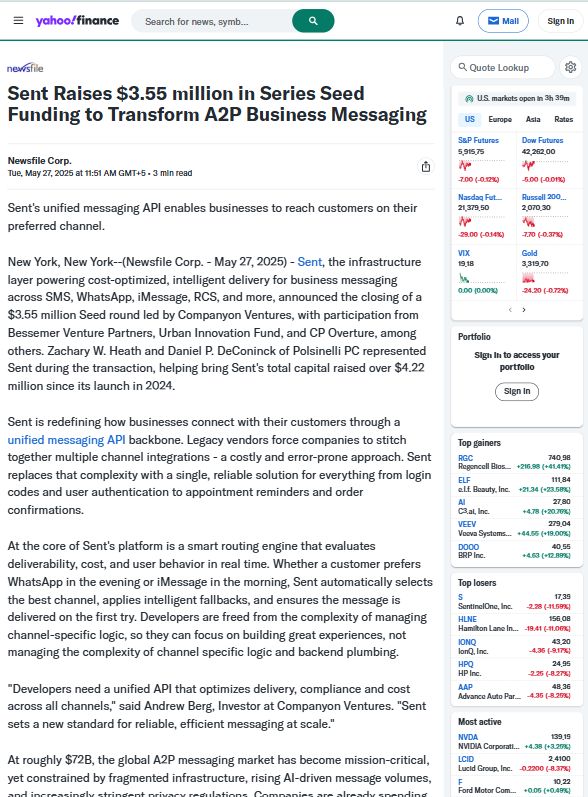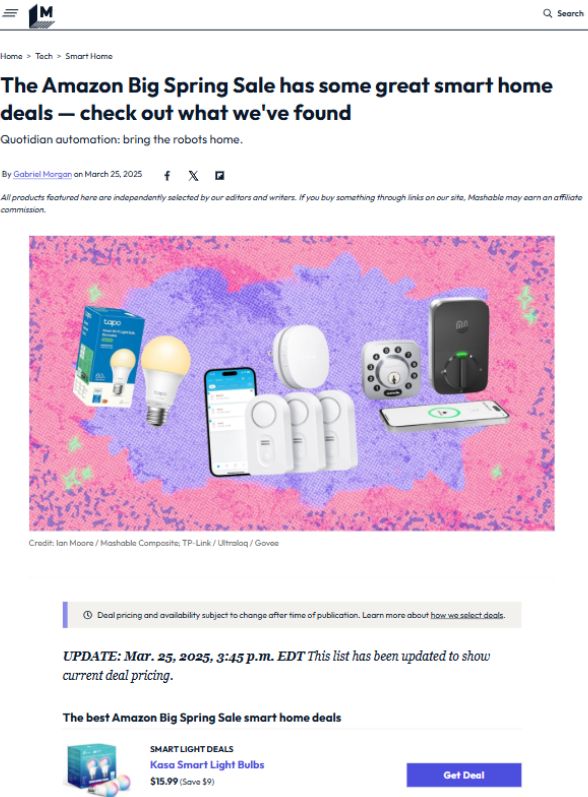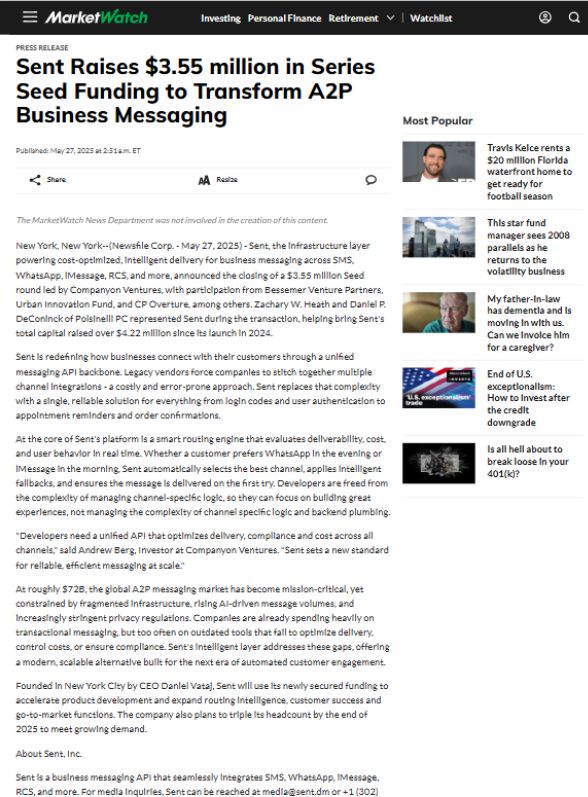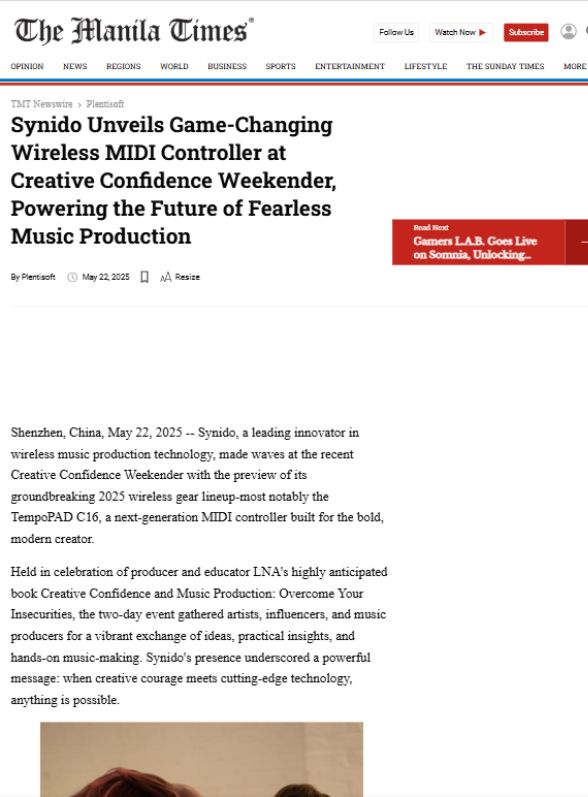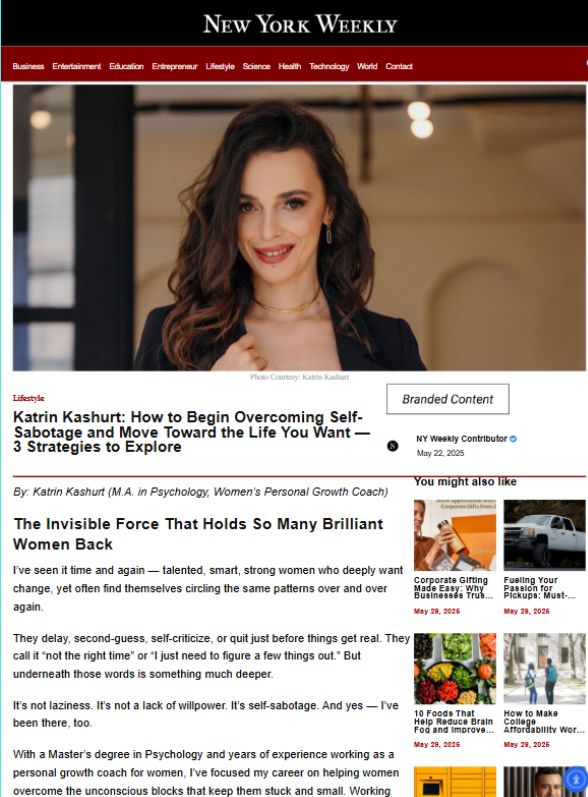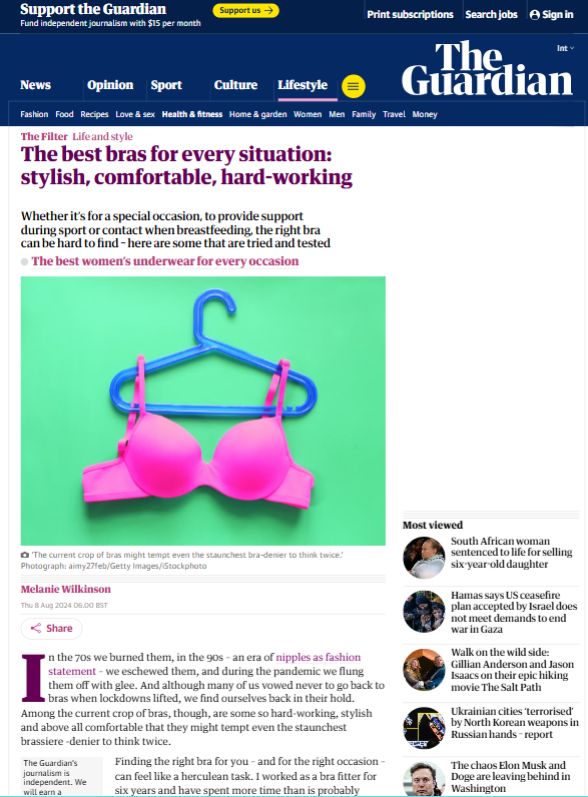In today’s interconnected world, media outlets play a pivotal role in shaping public opinion, providing information, and influencing societal behaviors. A media outlet can refer to any organization or platform that disseminates news, entertainment, or other content to the public. Whether it’s through television, newspapers, websites, or social media, media outlets are central to how we access information and stay informed about global events.
But what exactly is a media outlet, and why is it so crucial in modern communication? Let’s explore the definition, types, and significance of media outlets, as well as how they function in the broader landscape of media and communication.
Table of Contents
Defining a Media Outlet
At its core, a media outlet is an organization or platform responsible for distributing content to the public. The content can range from news and information to entertainment, opinions, and advertisements. Media outlets use various formats, such as print, digital, and broadcast, to engage their audiences.
A media outlet can operate across a broad spectrum of industries. For example, in the news sector, outlets like CNN, BBC, and The New York Times deliver news stories to millions of people globally. On the other hand, entertainment outlets like Netflix or YouTube provide media content in the form of movies, TV shows, and videos.
In essence, the key function of any media outlet is the creation, curation, and distribution of content to a specific audience, whether through traditional or digital means. Media outlets have a responsibility to provide accurate, timely, and relevant content to their target demographic, influencing how information is consumed, interpreted, and acted upon.
Types of Media Outlets
There are various types of media outlets, each serving a unique role and utilizing different channels to reach their audiences. Let’s examine some of the most common types:
- Broadcast Media
Broadcast media includes television and radio channels, which deliver news, entertainment, and educational content to wide audiences. Networks such as NBC, ABC, and Fox in the U.S. are prime examples of broadcast media outlets. These outlets provide both live and recorded content, often with a national or global reach. - Print Media
Print media outlets refer to newspapers, magazines, and journals that provide in-depth reporting, analysis, and entertainment through physical and digital publications. Examples include The Wall Street Journal, Vogue, and The Guardian. While print media has seen a decline in recent years due to the rise of digital platforms, it remains an essential part of the media landscape. - Online Media
With the advent of the internet, online media outlets have become increasingly dominant. Websites like BuzzFeed, The Huffington Post, and Reuters provide real-time news updates and articles online, allowing audiences to access content anywhere, anytime. These media outlets often feature interactive content, such as videos, infographics, and comment sections, encouraging direct engagement from their audience. - Social Media Platforms
Social media has emerged as one of the most powerful forms of media outlets today. Platforms like Facebook, Twitter, Instagram, and TikTok allow users to share content, news, and opinions with large audiences in real time. These outlets are especially important for breaking news, viral content, and grassroots movements. - News Agencies
News agencies such as the Associated Press (AP) and Reuters are examples of media outlets that supply news content to other outlets, including newspapers, TV channels, and online platforms. News agencies are responsible for gathering, writing, and distributing news stories, which are then republished by other outlets.
The Importance of Media Outlets
Media outlets are essential to the functioning of modern societies for several reasons:
- Informing the Public
One of the primary functions of a media outlet is to keep the public informed about local, national, and global events. From political developments to natural disasters, media outlets provide updates that help individuals stay aware of what is happening around them. Informed citizens are better equipped to make decisions, participate in democratic processes, and navigate their daily lives. - Shaping Public Opinion
Media outlets have the power to shape public opinion by framing the way information is presented. The editorial decisions made by media outlets regarding which stories to cover, how to report them, and the language used can significantly influence the way people perceive events and issues. Media outlets are often at the heart of debates on topics like politics, social justice, and environmental issues. - Facilitating Public Discourse
By providing a platform for diverse voices and opinions, media outlets foster public discourse. Whether through news reports, opinion pieces, or social media posts, media outlets create spaces for individuals to express their thoughts and engage in conversations. This discourse is vital for the exchange of ideas, the development of social movements, and the promotion of democratic values. - Entertainment and Cultural Influence
Beyond news, media outlets also play an integral role in entertainment and culture. Television shows, films, music, and online content all contribute to the creation of shared cultural experiences. Media outlets help define trends in fashion, technology, art, and lifestyle, impacting the way people think, behave, and relate to one another. - Advertising and Marketing
Media outlets are crucial for advertising and marketing purposes. Brands rely on media outlets to reach their target audiences through commercials, sponsored content, and product placements. The relationship between advertisers and media outlets is mutually beneficial, as both parties profit from successful advertising campaigns.
The Evolution of Media Outlets
The evolution of media outlets has been driven by advancements in technology. In the early 20th century, print and broadcast media dominated the landscape. However, with the rise of the internet and digital technologies, new forms of media outlets emerged, allowing for greater interactivity and accessibility.
In the past two decades, the growth of online platforms and social media has fundamentally transformed how content is distributed and consumed. Today, individuals can access news and entertainment from multiple devices, including smartphones, tablets, and laptops. The line between traditional media and digital media continues to blur as more outlets adopt online formats and social media integration.
Challenges Faced by Media Outlets
Despite their crucial role in society, media outlets face numerous challenges:
- Misinformation and Fake News
The rise of social media has made it easier for misinformation and fake news to spread. Media outlets are under pressure to maintain their credibility by ensuring the accuracy of the information they publish. Fact-checking and editorial oversight are essential to prevent the dissemination of false or misleading content. - Declining Revenues in Print Media
Traditional print media outlets have experienced declining revenues as more people shift to digital platforms. This decline has led to layoffs, reduced newsroom staff, and struggles to maintain profitability. Many print outlets are now exploring digital subscriptions and paywalls to adapt to the changing media landscape. - Audience Fragmentation
The vast array of digital platforms has led to audience fragmentation, making it harder for media outlets to reach large, diverse audiences. This fragmentation also means that media outlets must cater to niche markets, which can limit their overall reach. - Political and Corporate Influence
In some cases, media outlets face pressure from political and corporate interests. Ownership and financial backing can impact editorial independence, leading to biased reporting or the omission of certain topics. The need for transparency and accountability in media outlets has never been greater.
Conclusion
A media outlet is more than just a source of news or entertainment – it is a key player in the way information is disseminated and consumed in the modern world. Whether through traditional forms like television and newspapers or through digital platforms such as social media, media outlets shape public discourse, influence opinion, and keep us informed about the world around us.
As technology continues to evolve, so too will the role of media outlets. With new opportunities come new challenges, and it is crucial for media outlets to remain adaptable, responsible, and committed to providing accurate, engaging, and diverse content to their audiences. The future of media is undoubtedly digital, but the need for reliable, trustworthy media outlets will remain as strong as ever.

